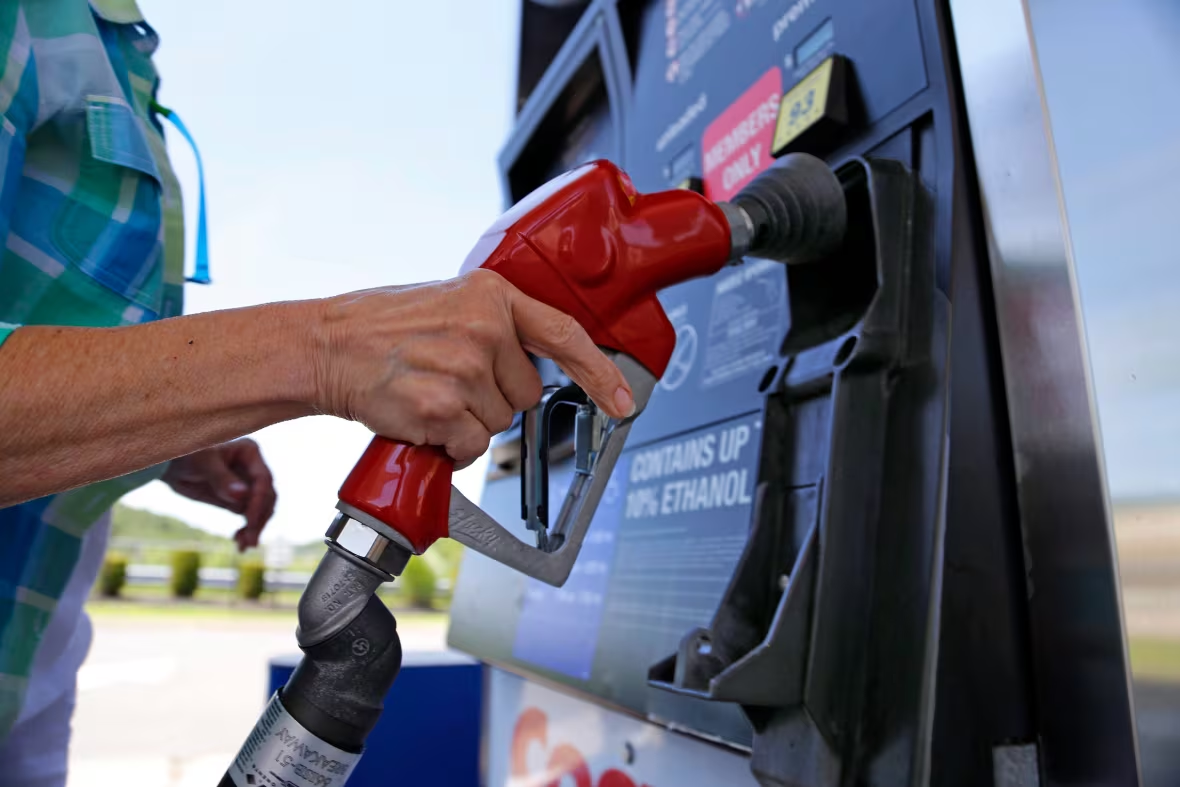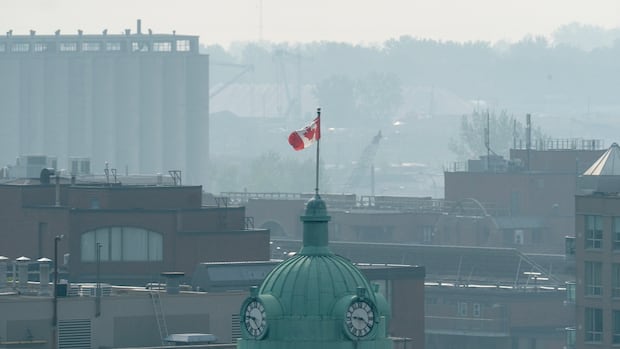It’s official — the consumer carbon tax is over, starting today.
Mark Carney cancelled the fee on his first day as prime minister last month, signing a directive for the fuel charge to be removed on April 1. The levy had been added to the sale price of carbon-emitting products by fuel type. For gasoline, it was 17.6 cents a litre, and natural gas was 15.25 cents per cubic metre. (The average Canadian home uses about 2,500 cubic metres of natural gas a year.)
Carney initially supported the carbon tax, but reversed course while campaigning for Liberal Party leadership, saying it had become too “divisive.” Though the consumer price on carbon is gone, the industrial price for large-scale polluters remains.
The Liberal government under Justin Trudeau first put the tax in place in 2019 as a way to incentivize Canadians to transition to greener energy sources. But even in the early days, the policy faced opposition from provincial governments, while Conservative Leader Pierre Poilievre’s pledge to “axe the tax” later became a central part of his platform.
The federal carbon price for consumers will disappear today in all provinces except Quebec, where a provincial price on carbon meant the federal price didn’t apply. B.C. also had its own consumer carbon tax, but it hurried Monday to get rid of it for April 1, as well.
Now that the tax is gone, how might that impact your wallet? Experts say there will be some cost savings passed on to consumers almost immediately, but the loss of the carbon rebate will also have an impact further down the road.
Impact at the pump and register?
Andrew Leach, an energy and environmental economist at the University of Alberta, says the cancelled tax will be felt most immediately at the gas pump.
The price on pollution for gasoline translated to a cost of about 17.6 cents per litre up until today. Leach says it’s likely that amount will come off within a matter of days.
“It is a point-of-sale charge … so you should see it come off almost instantly,” Leach said.
Christopher Ragan, director of the Max Bell School of Public Policy at McGill University, says the drop in prices could be more gradual, though he agrees it is coming.
“One of the less charming attributes of capitalism is that prices tend to fall more slowly than they rise,” Ragan said. “So it might take a little while for that 17.6 cents to drop off the price.”
If gas prices dropped by 17.6 cents a litre as a result of the tax coming off, you’d save about $8.80 when filling a car with a standard 50-litre gas tank.
Depending on how oil markets increase or decrease in coming days or weeks will determine whether or not gas prices remain low, Leach adds.
And because natural gas and other home heating costs are billed monthly, the removal of the carbon tax will take a bit longer to be felt there, according to Leach.
Several other factors will affect the weight of your next billing cycle, he says — like where you live, what fuel source your home is heated with and how it’s transported to your home. But in Alberta, where Leach lives, the average family’s bill reduction could be close to 30 per cent a month, he said.

People in Saskatchewan likely won’t feel the tax drop from natural gas bills, however, as the government already hasn’t been collecting the carbon tax on natural gas since Jan. 1, 2024.
And any price decrease on products that aren’t directly taxed — think things like food or clothing — will be smaller and more subtle, according to Ragan.
When these items are transported by cars, ships or other carbon-powered methods, the carbon price gets baked into their supply chains. Ragan says because transportation differs from product to product, the decrease in price will vary.
He also points to research from the University of Calgary that suggested that the consumer carbon tax had a minimal impact on inflation. The minimal impact on the overall price of consumer goods like food means that removing it will also have a relatively small impact, Ragan said.
Low-income families will feel loss of rebate most
Eligible Canadians who’ve received quarterly carbon rebates in the past can expect one more on April 15. Almost all Canadian residents who are at least 19 years old and live in the provinces where the federal tax applied received the rebate — that amounted to some 12 million people last time the rebate was issued in January.
Depending on the province, the average annual rebate for a household for 2024 to 2025 ranged from $719 to $1,779.
The rebate worked like a swear jar, as Leach puts it. If you and three people put a set amount of money into the jar each time you cursed, then divided the money in the jar at the end of each month, whoever swears least would gain the most money. On the flip side, the person who swore most loses the most money.
Canada’s new prime minister and B.C.’s premier are both vowing to put an end to the consumer tax on carbon. It has been a divisive issue, but experts say it’s also been a key measure in the country’s fight against climate change. Liam Britten reports.
Similarly, Canadians who have the smallest carbon footprints get more back in rebates, while those with bigger carbon footprints pay more because of the tax. Lower-income households have much smaller carbon footprints than wealthier families, Leach says, which means the loss of the rebate will likely be felt more dramatically by those with lower incomes.
“So you take away the carbon price, you take the rebates, then that’s a net negative for most lower-income households and a net positive for most higher-income household,” Leach said.
Ragan agrees. The carbon tax policy was designed with the intention to give a rebate bigger than the cost lost at the pump or checkout counter for 80 per cent of Canadians, and he says those who were receiving the rebate might feel its absence.
“They’re gonna notice that the price of gasoline is gonna go down and they’re going to feel better off … but pretty soon, they’ll realize that they’re no longer receiving those quarterly rebates.”







